You've got this and we've got you.
Your guide to boating with Jack Murphy from 'The Captain' magazine.

Meet Jack from 'The Captain'
My passion for boating began aboard a small, army green canoe. My old man bought it for me when I was 13 years old and from that moment I was hooked. I upgraded to a rickety dinghy while I saved my pennies for my first ‘big boat’, a 5.6m Caribbean with an old Yamaha 115HP two-stroke, a far cry from my job as a deckhand on James Packer’s superyacht.
I made my way polishing other people’s fibreglass until I started a weekly fishing blog, amassing 30,000 followers by the time I was 19. Today, I’m the proud co-creator and author of ‘The Captain’ where we share tips, stories and great info about all things boating and fishing.
So, I’ve created a guide to all things boating as well as sharing a selection of popular boat ramps through-out New South Wales and Queensland.
Whether you’re a beginner or a seasoned boatie, consider me as your superhero of the sea.
"My crew reckons there's no boat too big or too small. It's all about just getting out and enjoying the water."
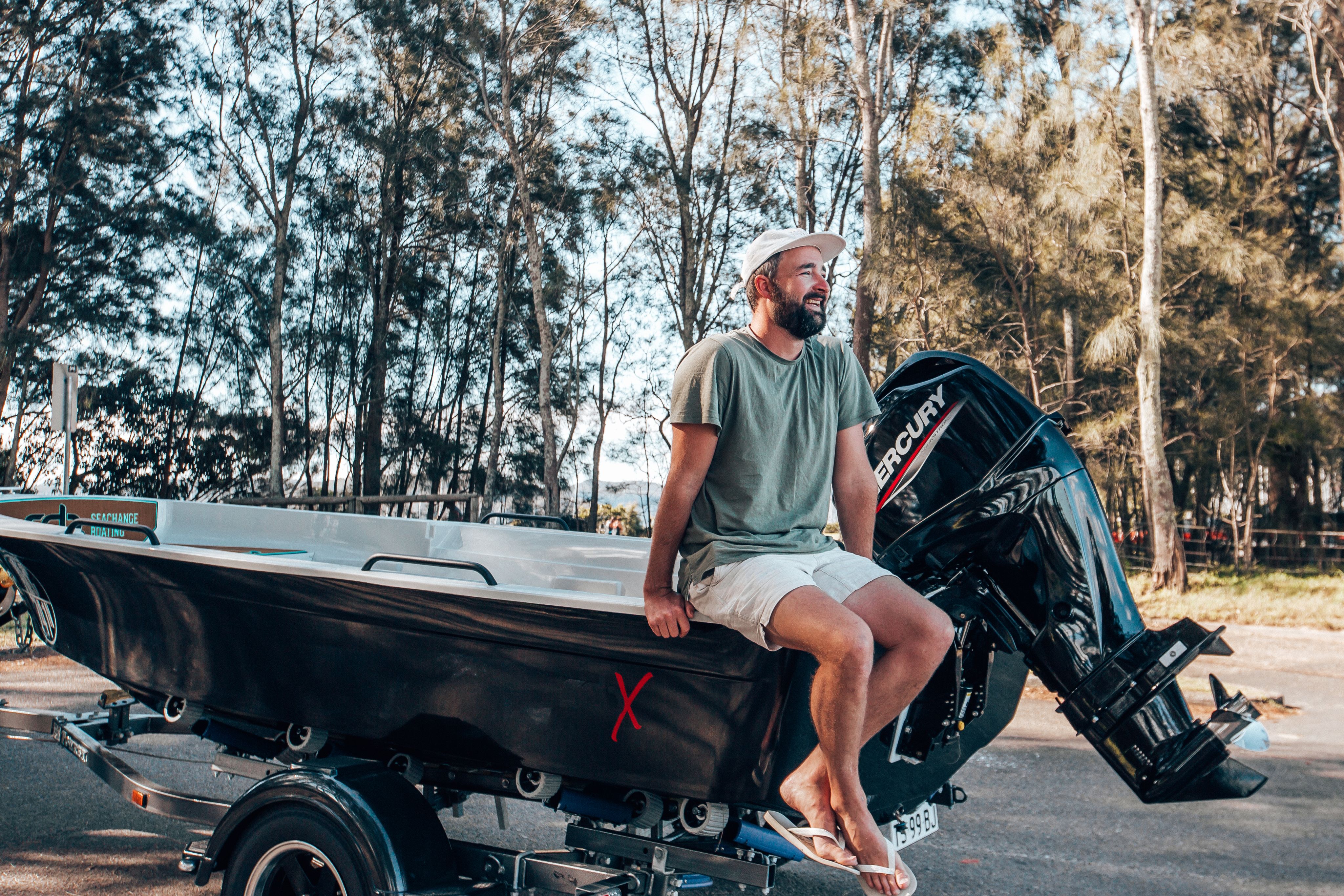

Buying your first boat
So, you’ve finally decided to bid adieu to life as a landlubber and become a captain on the high seas. Good choice. Welcome to the world of boats.
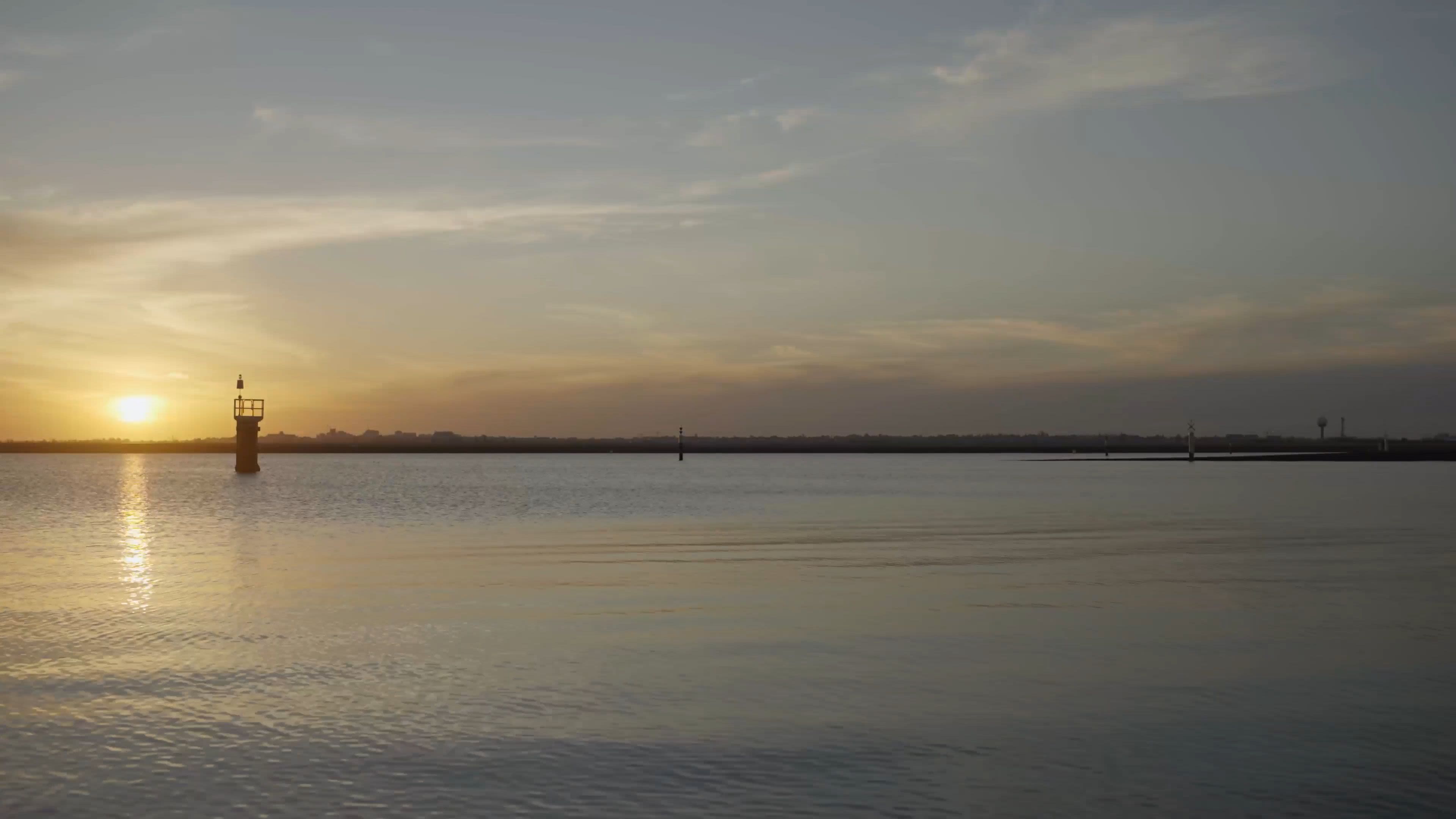
What floats your boat
Step one for buying your first boat is simple — choose your ride. Will you be cruising, fishing, sailing, wakeboarding, waterskiing or hunting for sunken treasure? Next, think about how many people you plan on taking out and what size boat you’ll need. Do you plan on taking it offshore?
Top tips
Tinnies tend to be lighter, which is great for towing and means you can also get a bigger boat. However, tinnies can be noisier and don’t usually have the same ride quality as fibreglass boats.
Fibreglass or GRP (glass reinforced plastic) boats tend to ride softer and faster due to their smoother lines and relative heavy weight. However, that weight comes at a cost.
Outboard engines are popular because they allow the lower unit of the motor to be kept clear of the water for trailering or when not in use. If you’re still unsure about what type of boat you want to get, a good idea is to head to a boat show where you’ll be able to jump aboard everything from a tinnie to a super yacht.
New versus second hand
In most cases, a boat will immediately lose value the moment it sails off the showroom floor. In the long run, this can be a small price to pay compared to buying a second-hand boat which may have serious issues.
When buying new from a boat dealer, the BMT (boat, motor and trailer) will come with warranties, you’ll get a full rundown on how everything works in the handover and you’ll always have someone to call if you’ve got any questions or problems. If you do decide to buy second-hand, ask the owner to supply the boat’s HIN (hull identification number) so you can check the online database to make sure it’s (a) owned by the seller, and (b) no finance companies have a claim to it. Like a second-hand car purchase, you should always ask to see the motor’s service history and receipts for any work allegedly done.
Click here to read the full article.
Consider getting protection for your boat. NRMA Boat Insurance includes cover for accidental damage on or off the water, up to your agreed value.
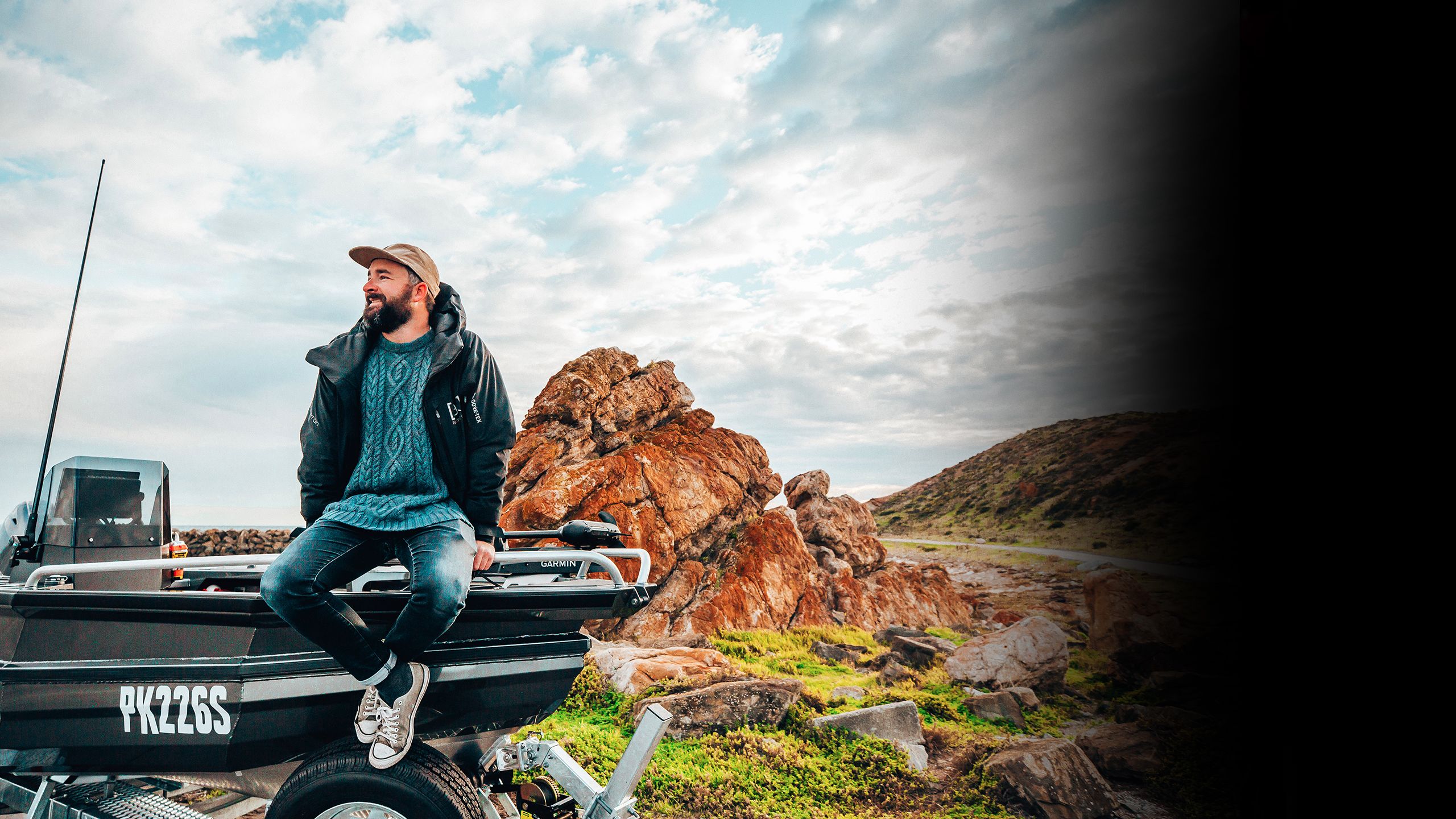
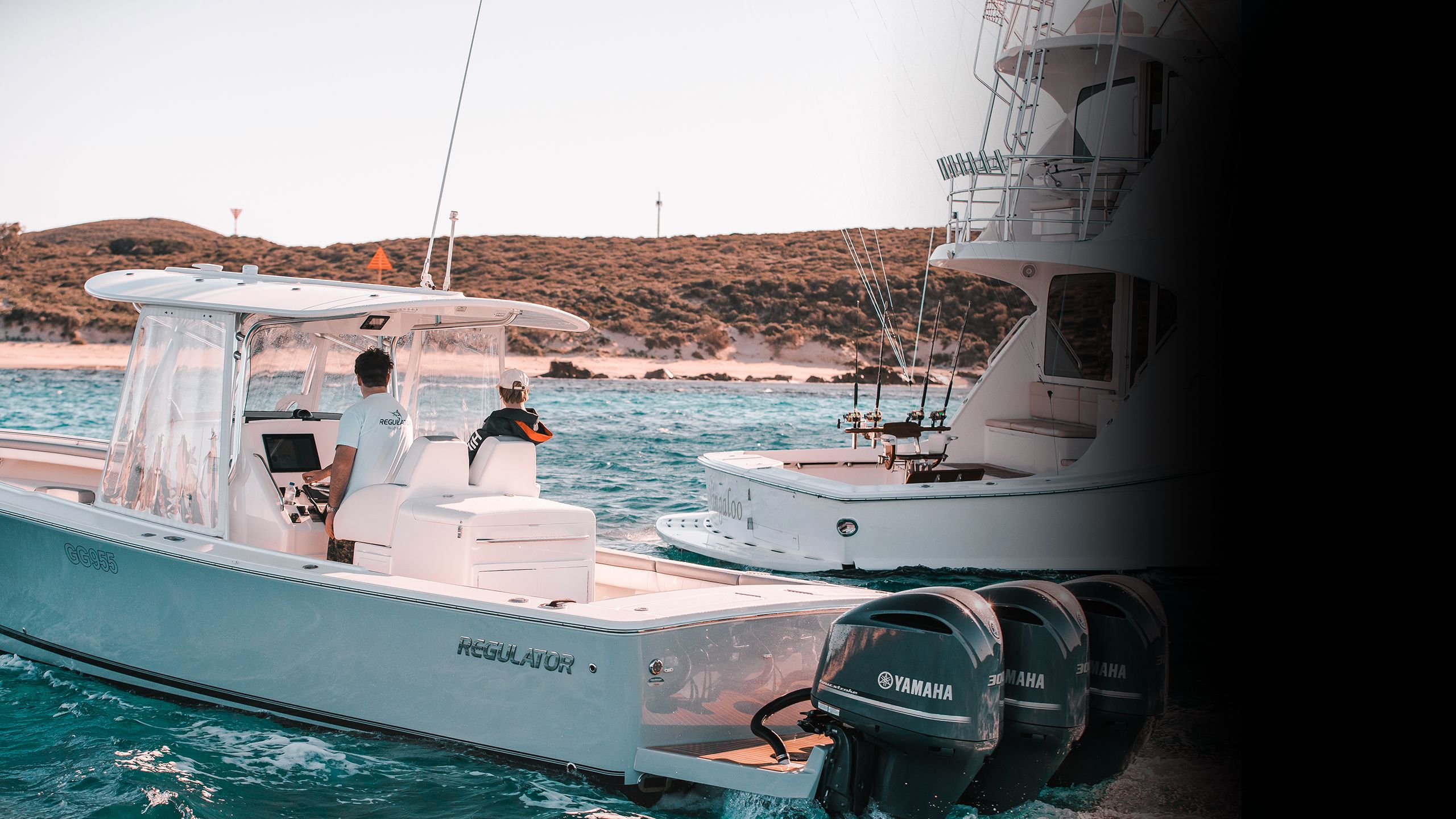

Think you're ready to
set sail?
Preparation starts before you leave home.

Safety first, always.
“When it comes to safety, you should always run a tight ship. If you’re the skipper, the wellbeing of your family and friends comes first.”
Jack from 'The Captain'.
You can’t leave port without all the relevant safety gear. Here’s a basic checklist for in-shore waters:
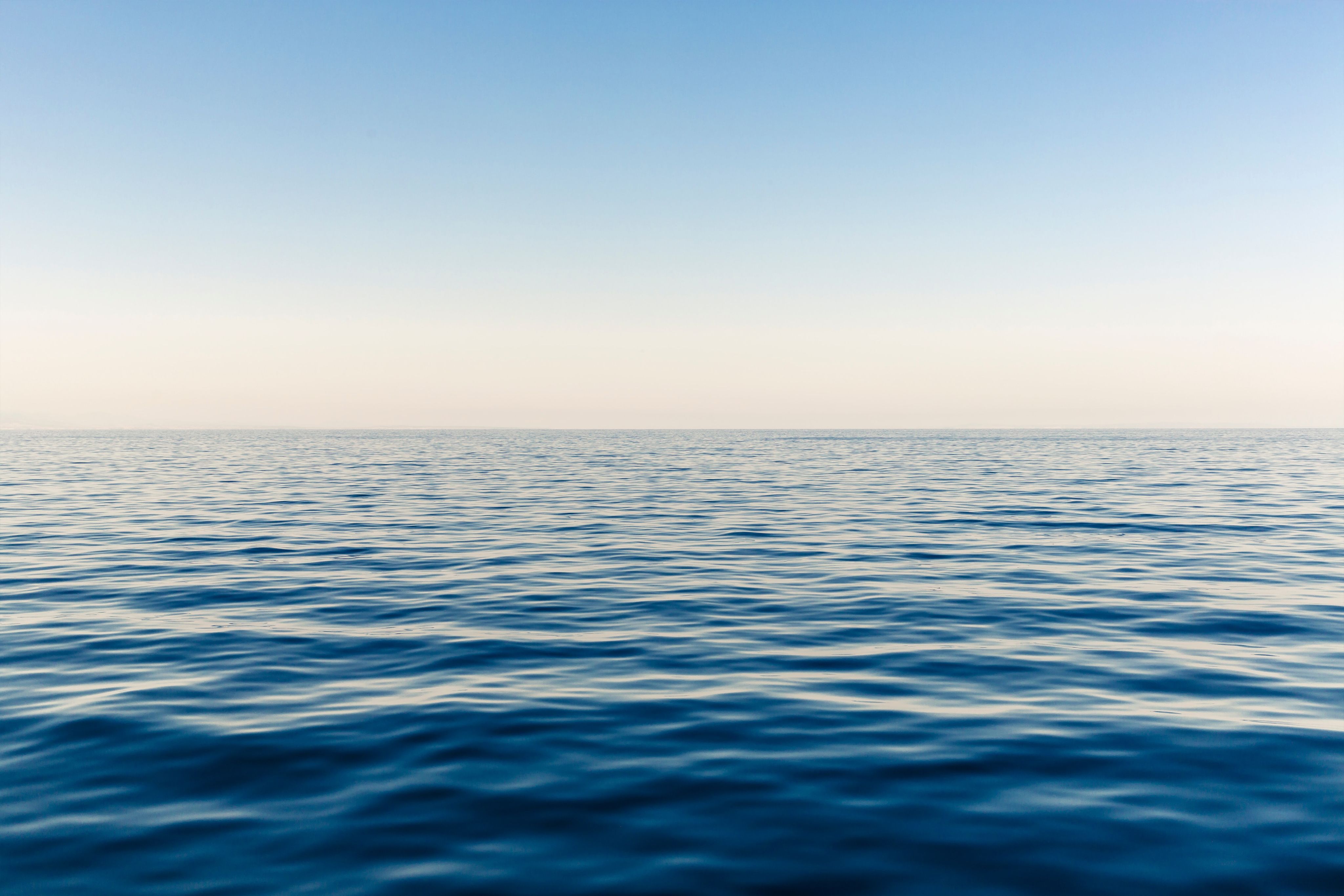
Maintaining your new boat
When it comes to owning a new vessel, The Captain’s creed is:
"Love your boat and it’ll love you back."

Keep your eyes peeled
Keen observation plays a critical role in boat maintenance. For example, water leaks, oil leaks, hot spots, temperatures, noises, vibrations and warning alarms should come to the attention of an attentive skipper. If it’s your first time on the water, these are the things you should look out for.
The Captain's top 10 daily checks
1. Check oil levels in a four-stroke motor. The black, slippery stuff helps dissipate heat from mechanical components and removes nasties.
2. Gearbox seals can leak due to ingress from fishing lines, eventually causing mechanical failure. A regular gearbox oil change will keep things in good condition.
3. A water-separating fuel filter is designed to catch the impurities and water before they reach your engine.
4. The cooling system helps to dissipate heat before things go BOOM! Key items to monitor are cooling levels (for inboard motors), gauges, alarms and the telltale emanating from the leg of your outboard.
5. Check all skin fittings, valves, hoses and hose clamps. These can be found on the engine and also on the lower surface of the hull.
6. Batteries should be fully charged, secured to the vessel and all connections tightened.
7. Check the anodes. To do their job properly, anodes need to be exposed and in good condition. Painting them or covering them in antifoul will render them useless.
8. Fuel for thought. Buy the best fuel you can, from a reputable source. 98 octane has the longest lifespan of any fuel in Australia and is guaranteed to contain no ethanol.
9. Trailer failures. Lack of trailer maintenance can leave you stranded on the highway. Be sure to check the wheel bearings by jacking up the trailer and making sure the wheel has no lateral (side-to-side) movement.
10. Pre-trip check. Make sure you’ve got the keys to the boat, bungs, safety gear, electronics, provisions (including water) and plenty of fuel for your trip. Whatever you do, don’t forget the bait!
Royal flush
To prevent overheating, most marine engines rely on seawater to cool things down. But the salty stuff that stings your eyes can also sting your wallet if it’s not flushed out of the motor after use. After each trip, wash the whole boat down with warm soapy water. Don’t use alkaline detergents on aluminium boats. Then open all the compartments and let the boat dry out. When completely clean and dry, cover your boat from the sun. That big ball of fire in the sky can quickly dull your brand-new tinnie or fibreglass boat, fade upholstery and potentially cook your electronics.
Click here to read the full article.
Consider getting protection for your boat. NRMA Boat Insurance includes cover for accidental damage on or off the water, up to your agreed value.
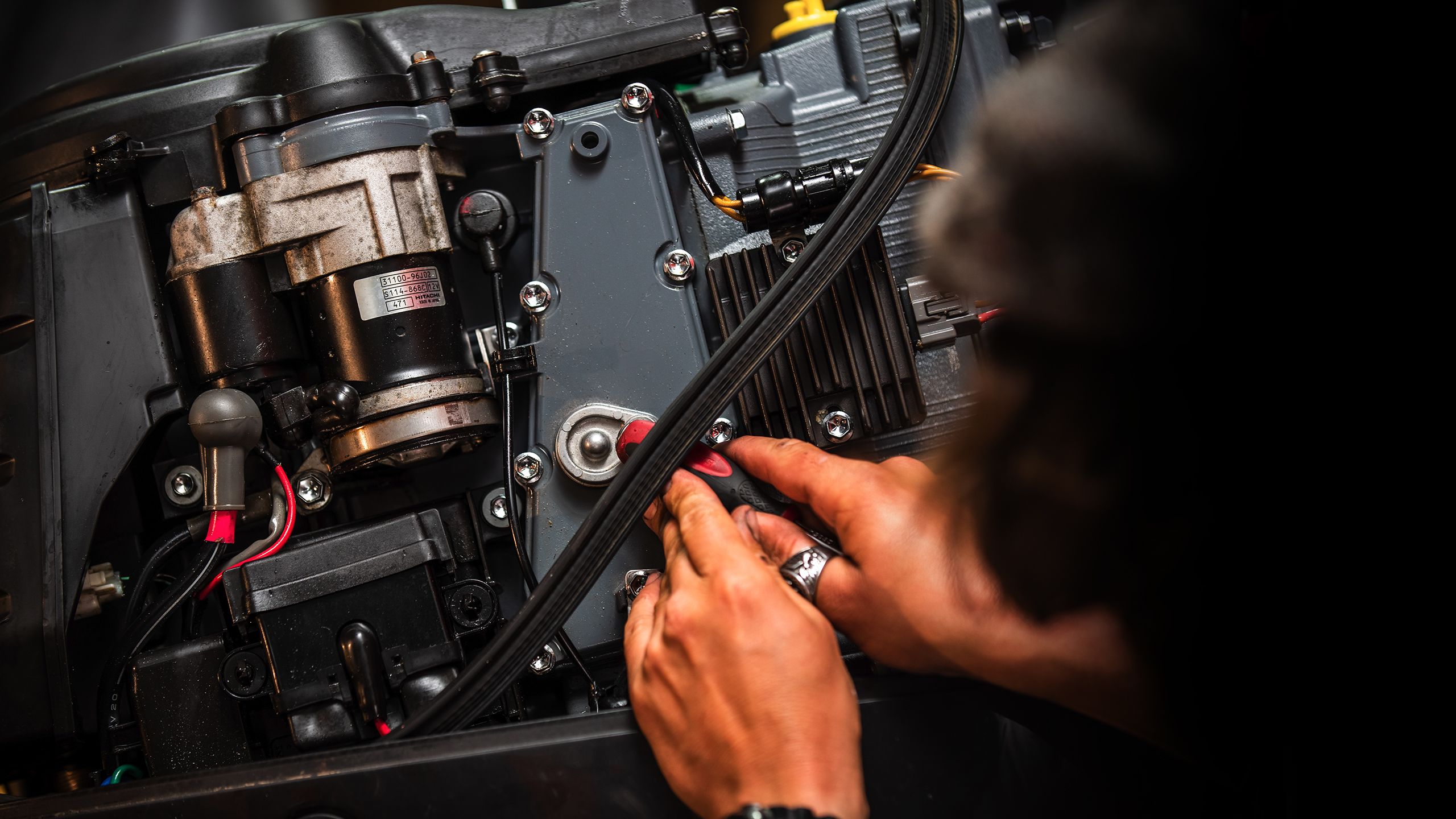
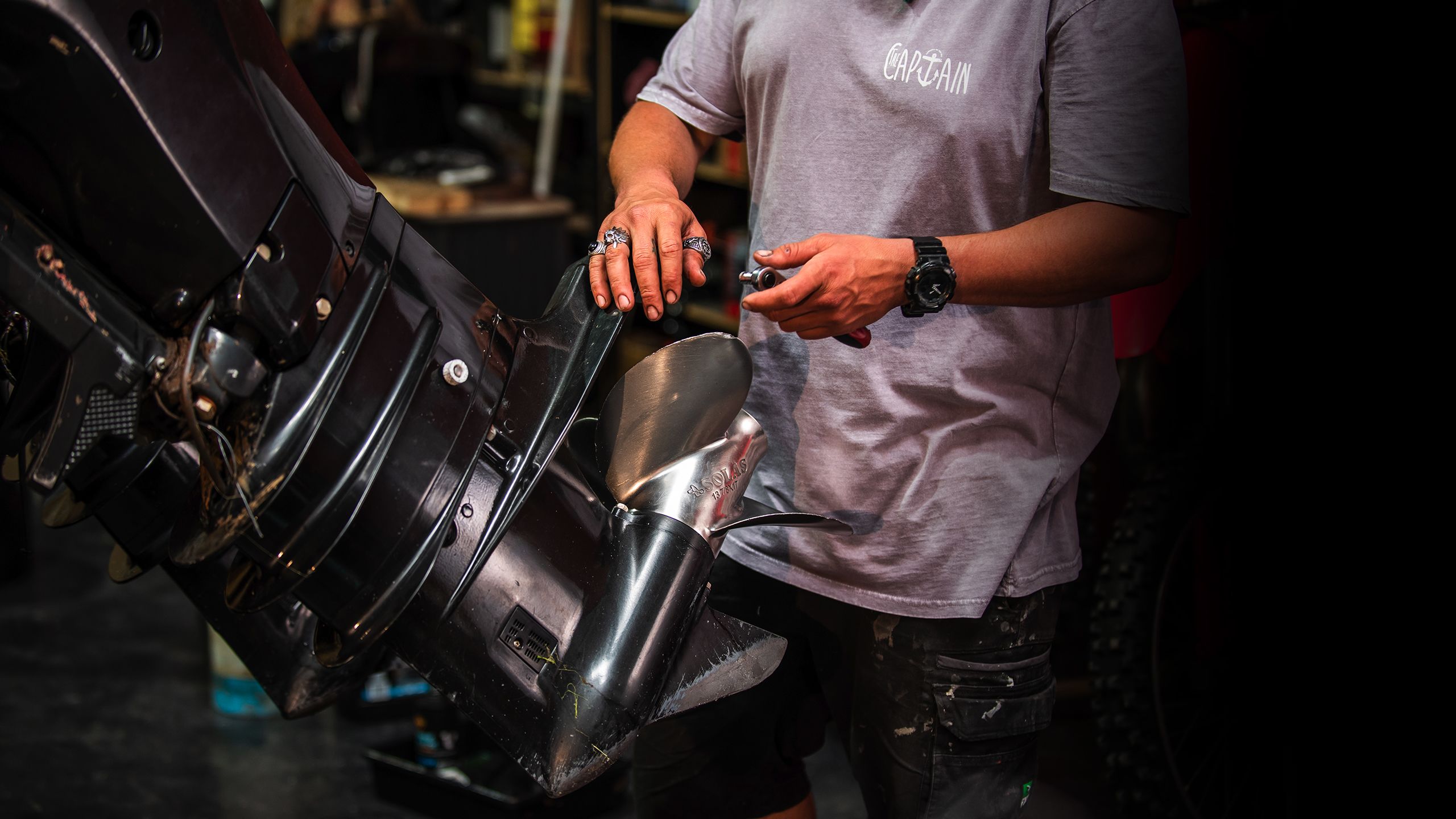
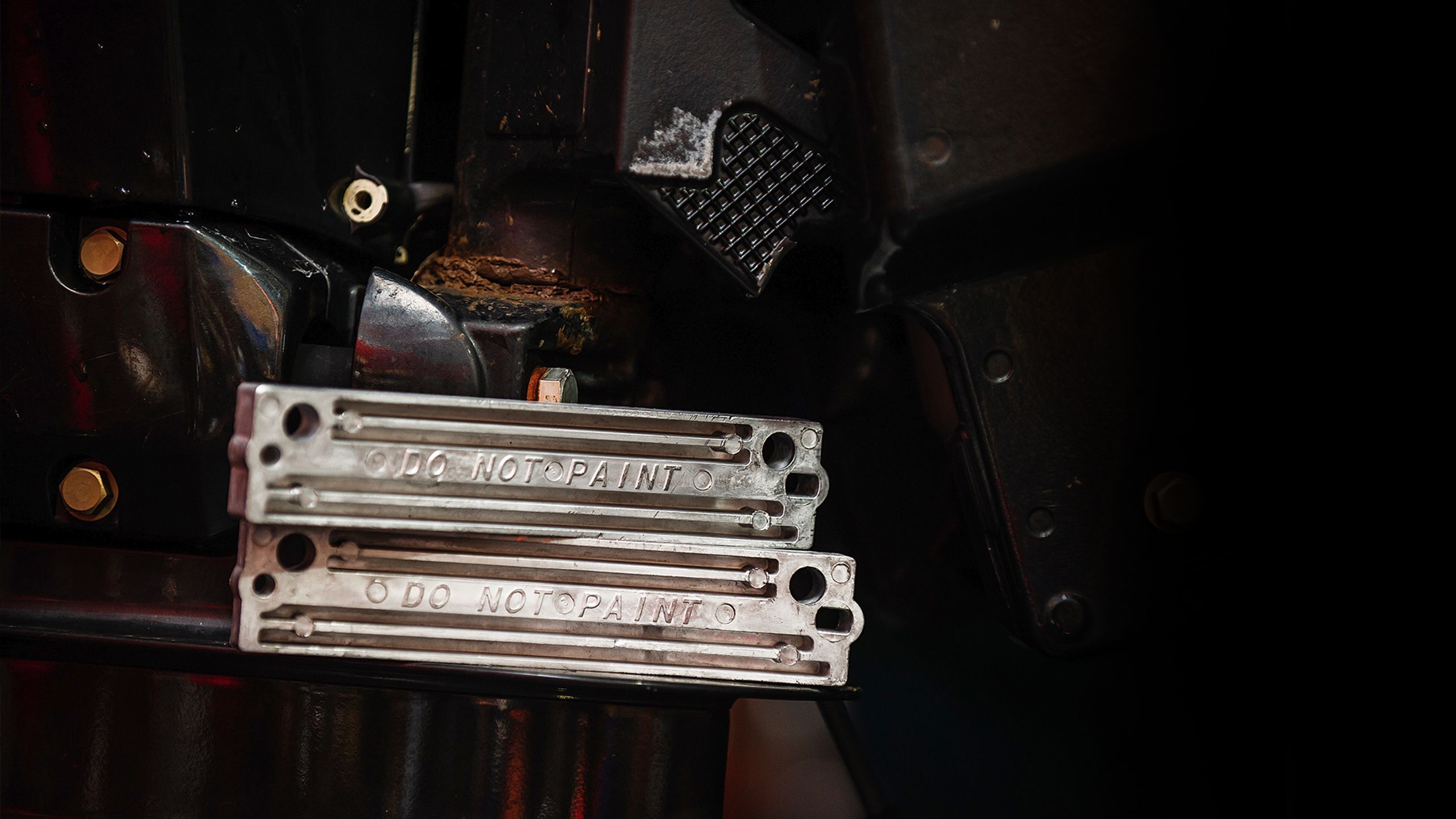
Navigating the boat ramp.
Don’t worry, you’ve got this.

Before you launch
STEP 1: Instead of roaring straight over to the ramp, pull into the rigging or waiting bay. This is where you’ll prepare your boat for the water.
STEP 2: Load in any remaining gear, turn on the batteries, prime the fuel bulb, remove the straps and always, always screw in your bungs. If your boat has mechanical brakes, you’ll need to disengage them too. Remember, always leave your winch and safety chain connected until your boat is in the water.
STEP 3: Now you’re ready to rock. Move into the reversing zone, it’s your time to shine. Make sure you turn in wide so you’re only taking up one lane and not the entire ramp. If it’s dark, turn off your headlights and turn on your parking lights so you don’t distract others.
STEP 4: Once your vehicle and trailer are straight as an arrow, take a slow, deep breath and start backing down. You’ve got this! Now use your side mirrors to carefully move your way down and stop at the water's edge. Handbrake on and watch your step. Ramps can be slippery.
“A handy tip is to line up your boat as straight as possible. Look in your left and right side mirrors as your reverse down. If you see more of the boat start appearing in the right mirror, turn the steering wheel to the right and vice versa.”
JACK FROM 'THE CAPTAIN'

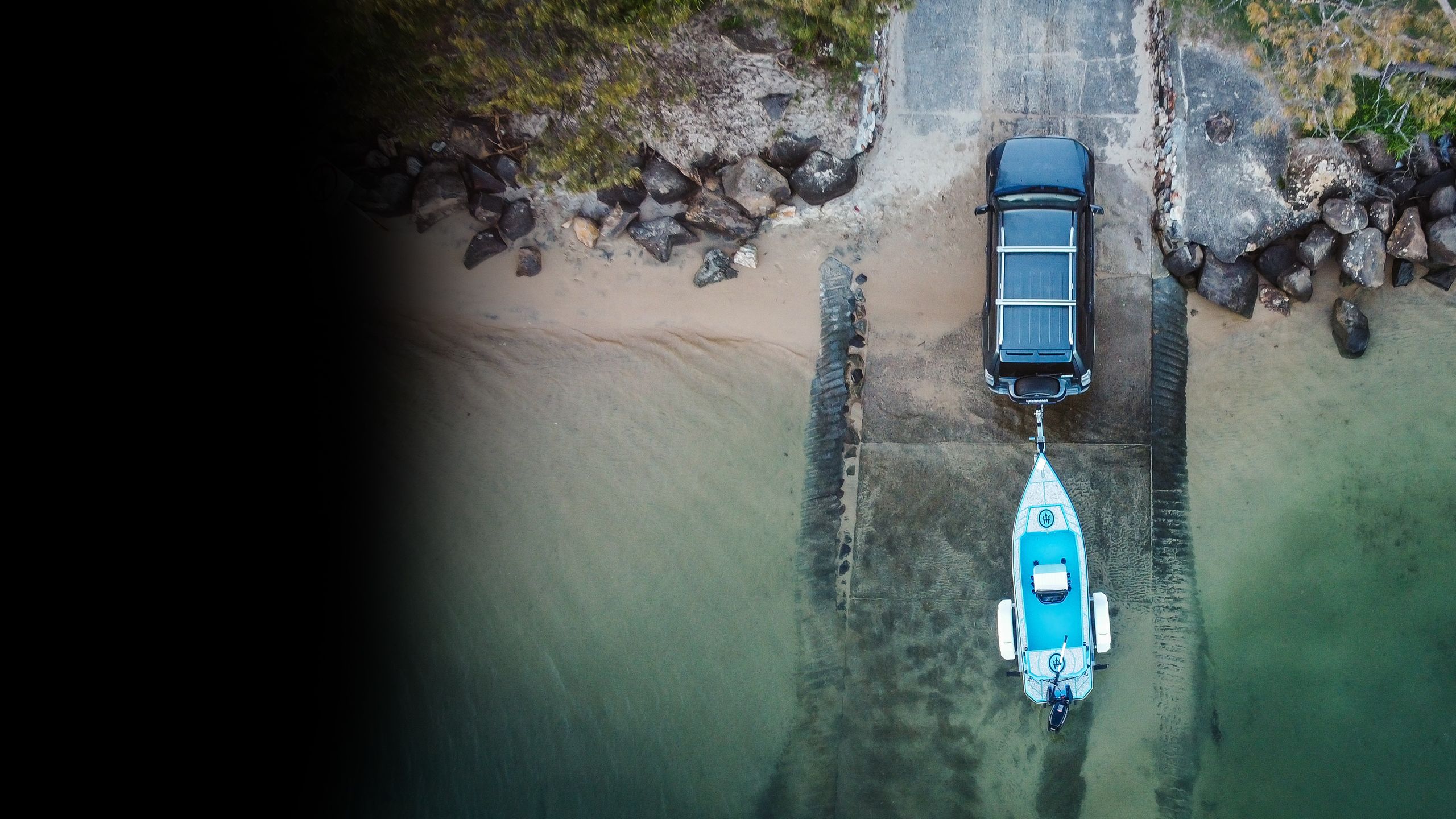
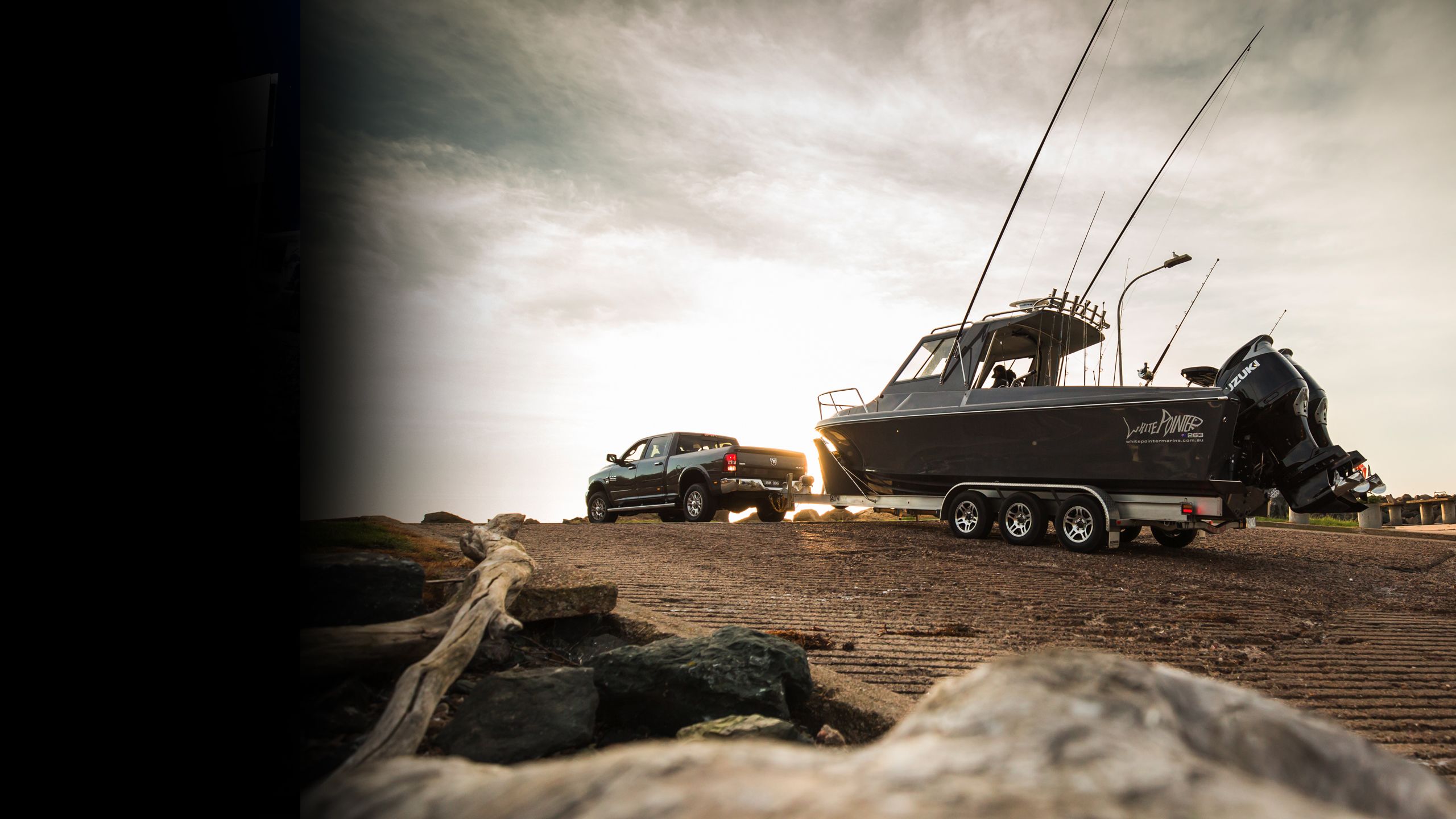
Ready for launch
You’re almost there and it should be smooth sailing from here. Let’s get your boat off the trailer.
STEP 1: If you’re solo, it can be handy to have a bow rope attached so you can lead the boat off. If you’ve got a skipper, tell them to lower the engine slightly into the water. If you tilt it down too far, you risk hitting the propellor on the ramp when your boat slides off.
STEP 2: Now, remove the safety chain, attach the winch handle and use it to take the pressure off the cable. If your trailer is particularly slippery, you may need to put the boat in forward gear to remove the tension. Unclip the winch cable and give the thumbs up to the skipper letting them know they are free and clear to reverse the boat off.
STEP 3: With your boat afloat, try and park it in an area that doesn’t impede other ramp users. If you’re pulling up to a wharf or pontoon throw out your fenders to prevent scuffs. Once the boat is secure you should then move your vehicle and trailer off the ramp as quickly as possible.
“Don’t be afraid to ask others for help or to help others that may need it.”
JACK FROM ‘THE CAPTAIN’
Finally, a message from the experts. NRMA Boat Insurance provides cover for anyone who has your permission to operate your boat, even if they’re not nominated. Additional excess applies for operators under 25 years of age.
You’ve got this and we’ve got you.
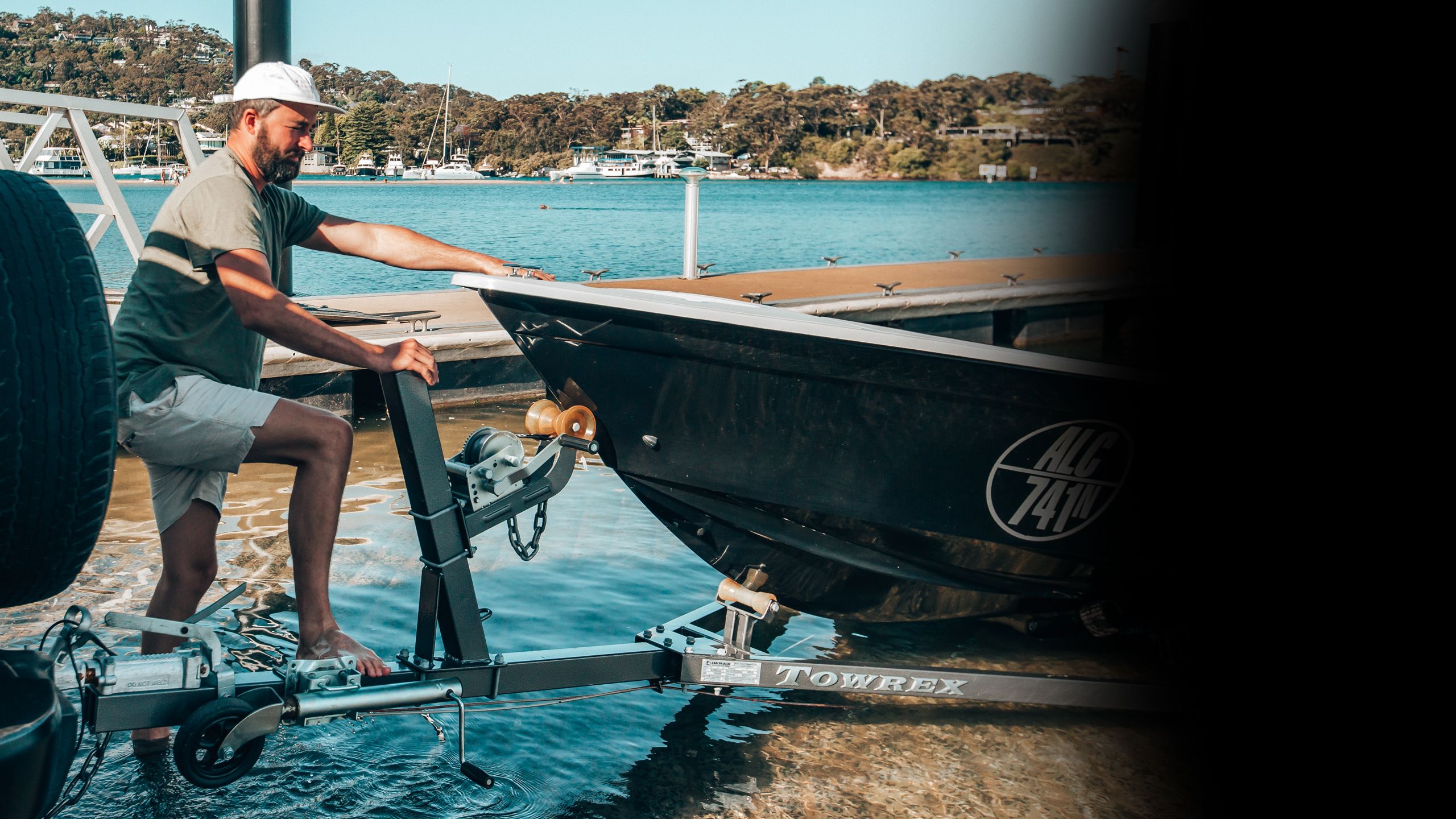

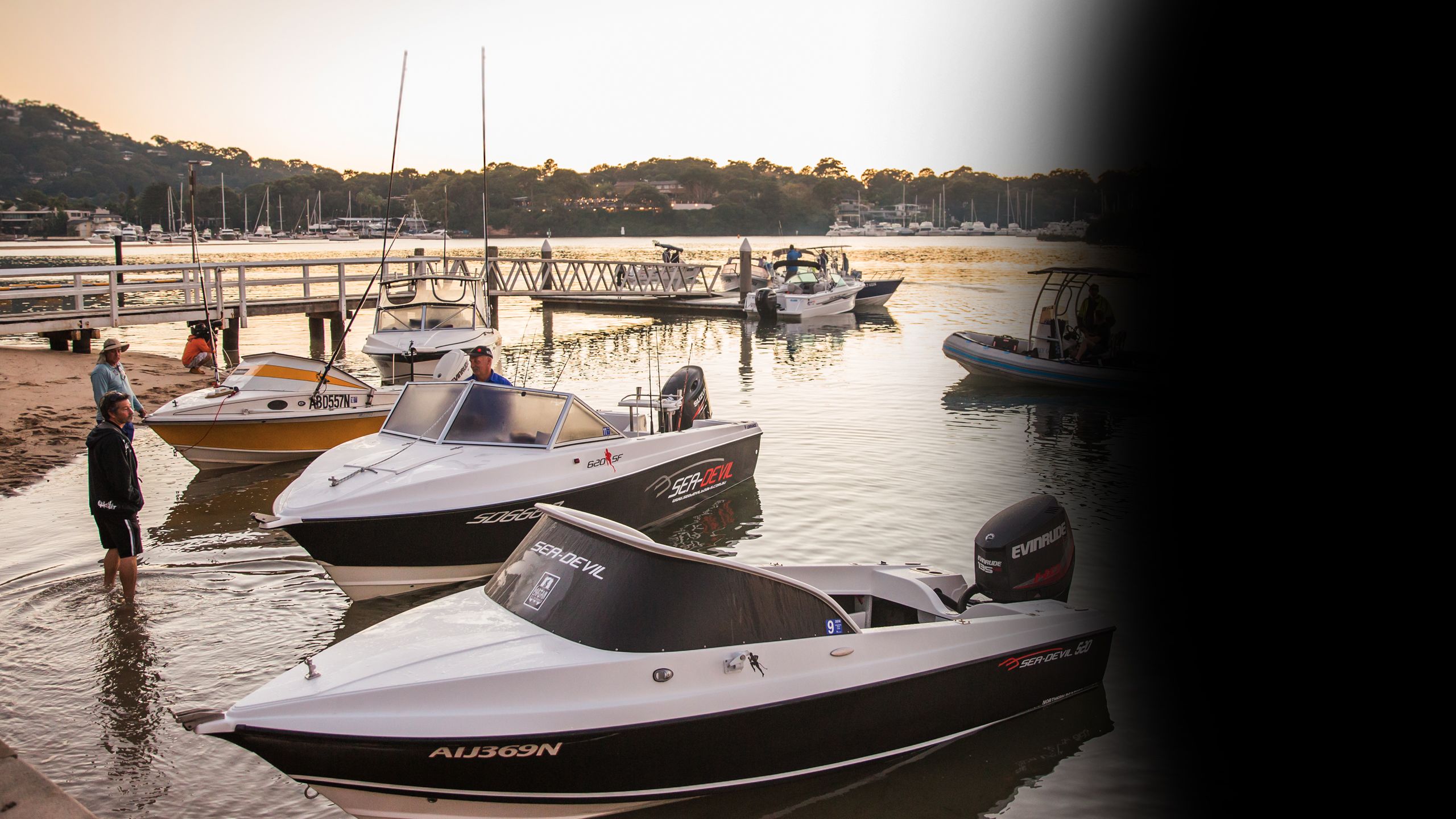
Ramp Rater
I’ve explored every corner of this great continent and I can tell you all boat ramps are not created equal. Just like a ski run, some boat ramps are easier to get down than others. To help you prepare for a day on the water, NRMA Insurance has partnered with Google Maps to bring you the ‘Ramp Rater’ across selected boat ramps in New South Wales and Queensland. My boat ramp ratings will keep you and your crew safe.
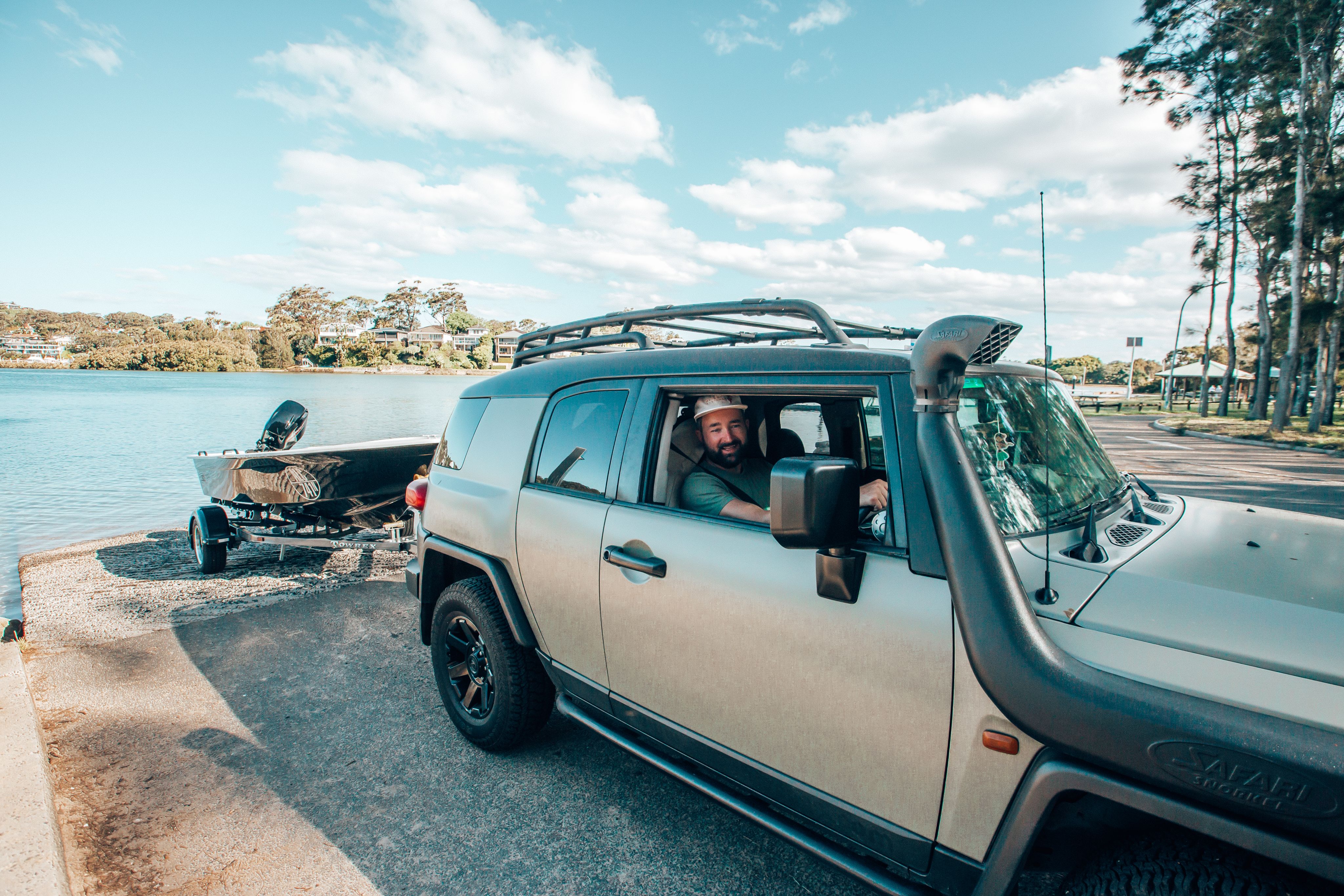
Little Beach Boat Ramp, Nelson Bay NSW
This three-lane ramp has recently been reopened after a significant upgrade. Previously, sand build-up has been an issue causing vehicles to get bogged. It’s a little better now, but still take caution when launching here - especially in a westerly breeze.
AVERAGE
6/10

Rowland Reserve Boat Ramp, Bayview NSW
This is a beauty of a ramp and it’s great to launch from in any conditions. You’ve got six lanes to choose, fish cleaning tables, washdown bays and stacks of parking. The only downside is the expensive parking fee.
BEGINNER
9/10

Fishermans Beach Boat Ramp, Collaroy NSW
Experts need only apply to launch at this two-lane ocean facing ramp at Long Reef. While it might look easy to the untrained eye, the extreme surge means you need to time your launch and retrieve perfectly or risk damaging your boat, vehicle or even yourself.
ADVANCED
2/10
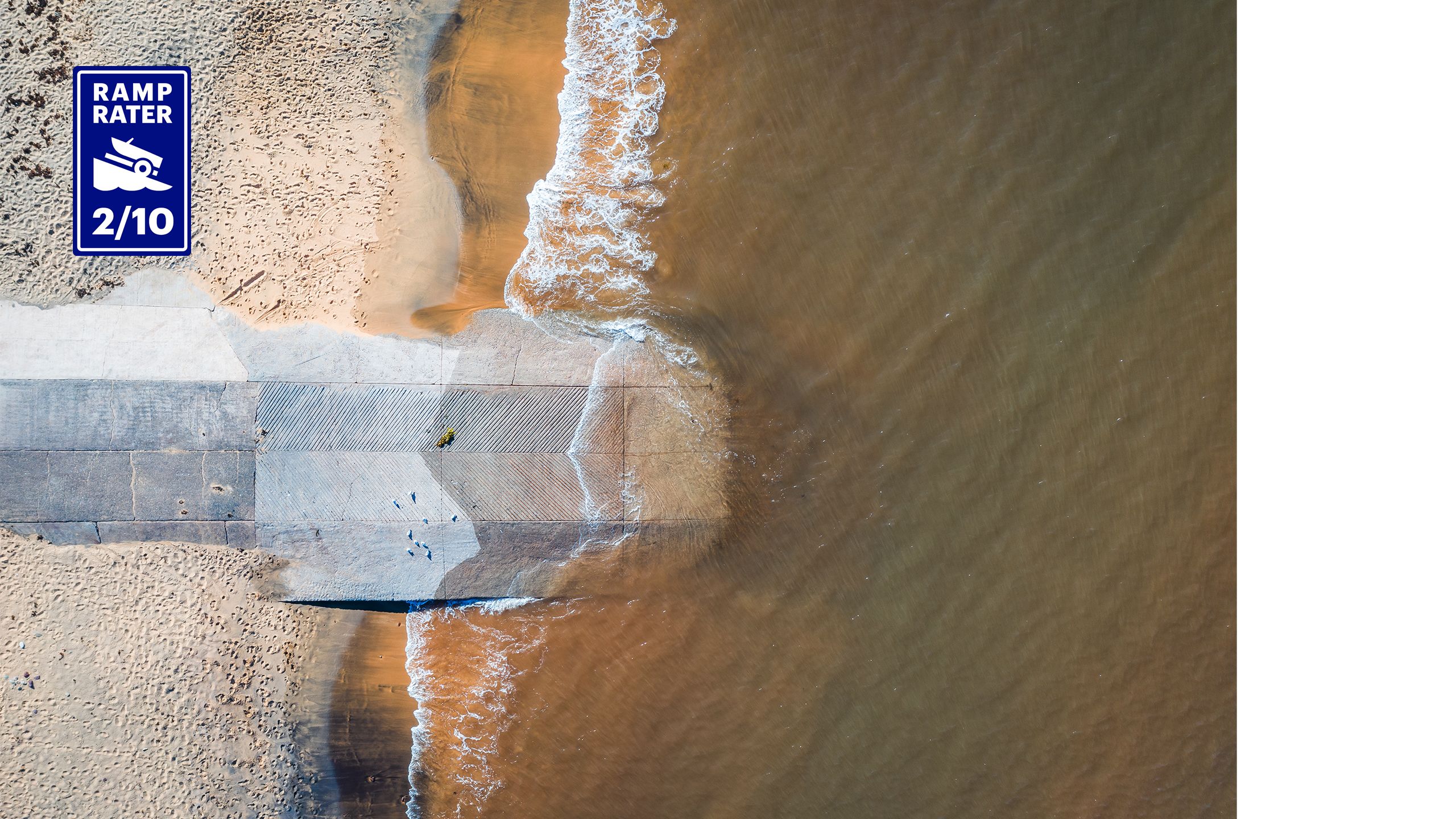
Quarantine Bay Boat Ramp, Eden NSW
Eden is a world-famous deep-water fishing port so it’s no surprise the local boat ramp is built for purpose. It offers four lanes accompanied by a generous finger pontoon jetty to tie off.
BEGINNER
9/10
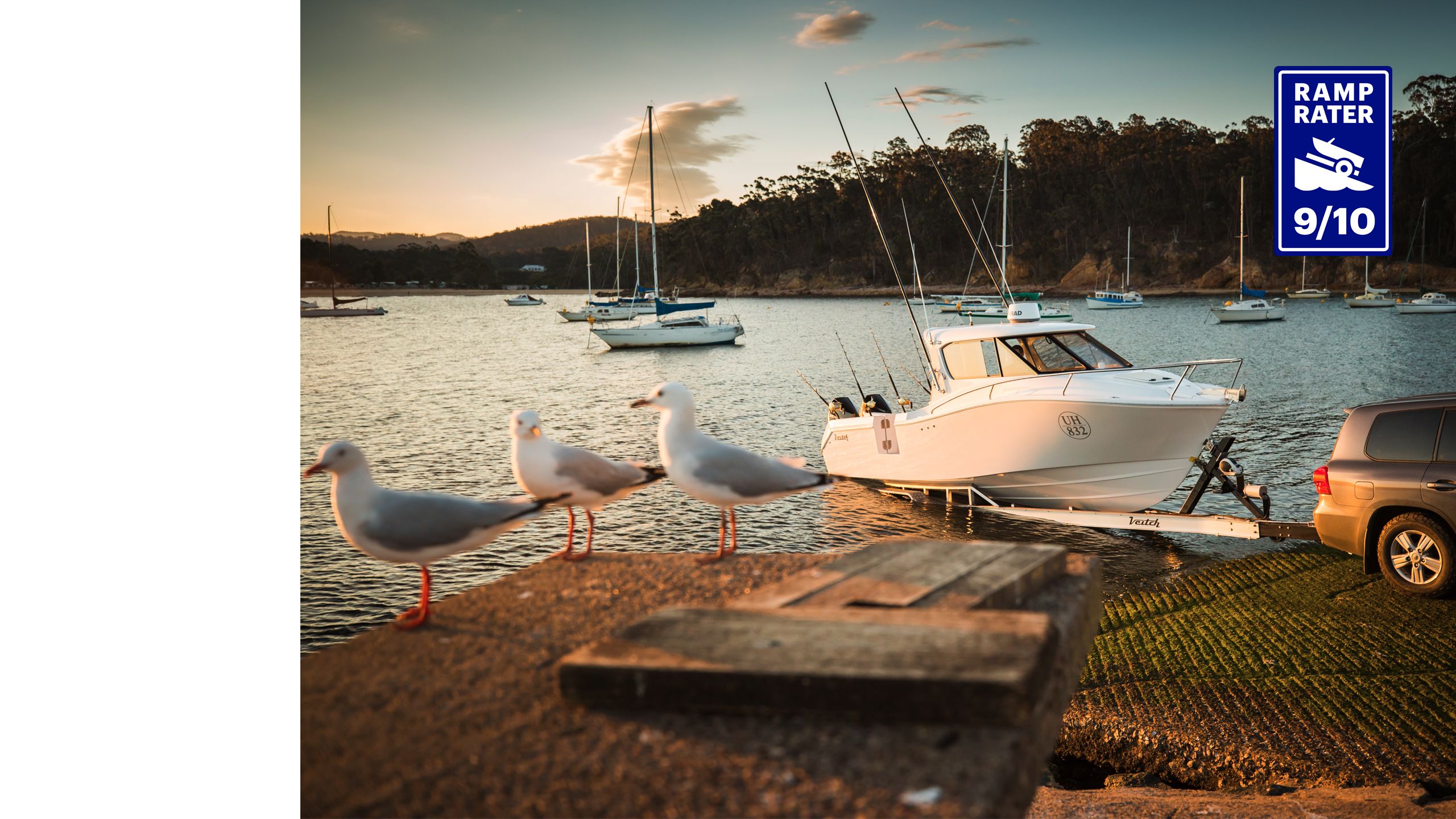
Foreshore Road Boat Ramp, Botany NSW
The buzz of commercial jets lingers in the background but this boat ramp is well protected and offers easy access to Botany Bay with four lanes and free parking. All of which is required as it can get particularly busy.
BEGINNER
8/10
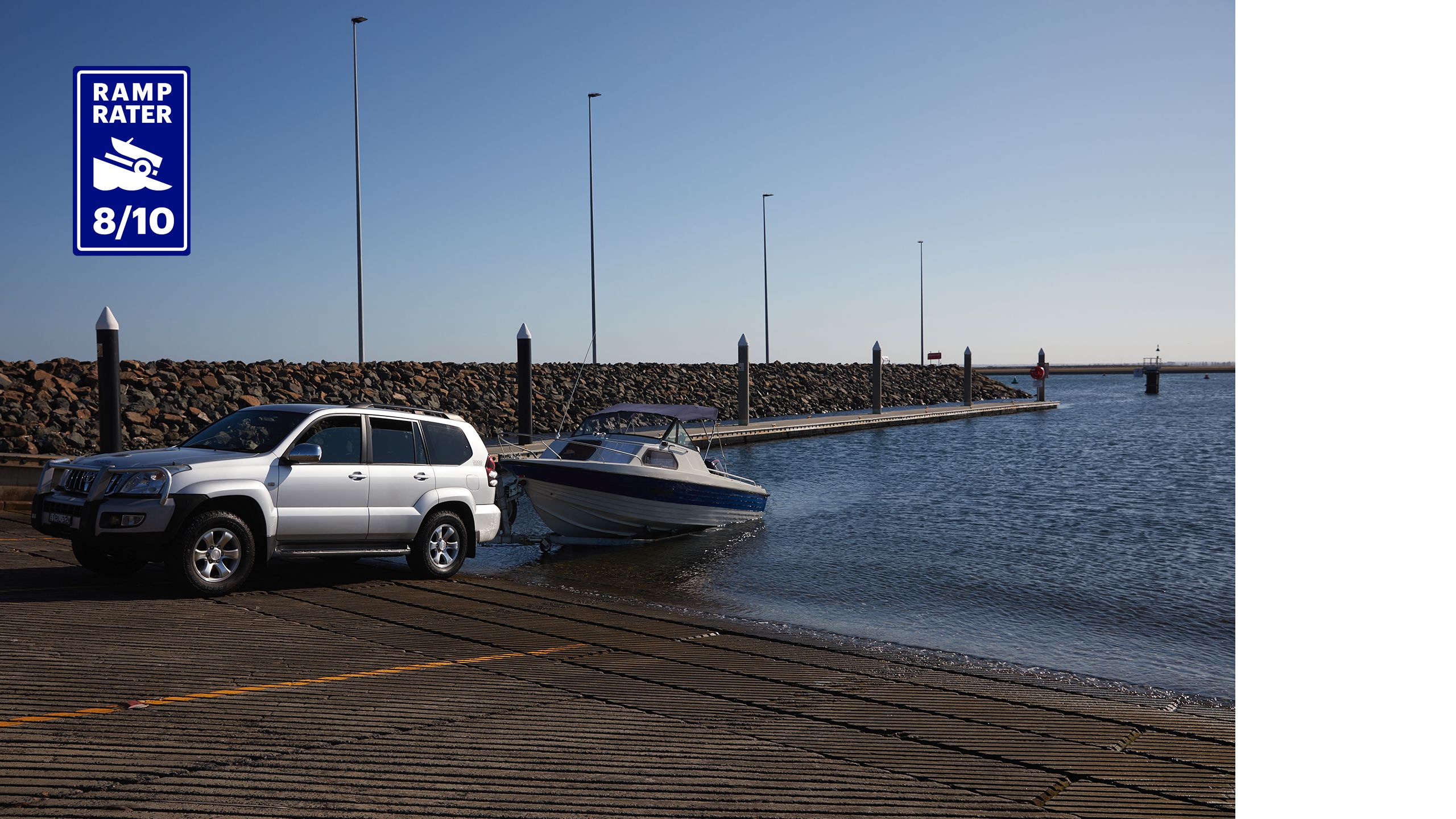
Bermagui Harbour Boat Ramp, Bermagui NSW
As the closest port to the continental shelf along NSW’s coastline, Bermagui screams big gamefish. The generous three-lane boat ramp in the sheltered harbour at the mouth of the Bermagui River backs up the claim. Unfortunately, the pontoon crew didn’t bring their A-game – there’s only room for a couple of vessels meaning you’ll have to do the trailer boat tango to load and unload.
AVERAGE
7/10
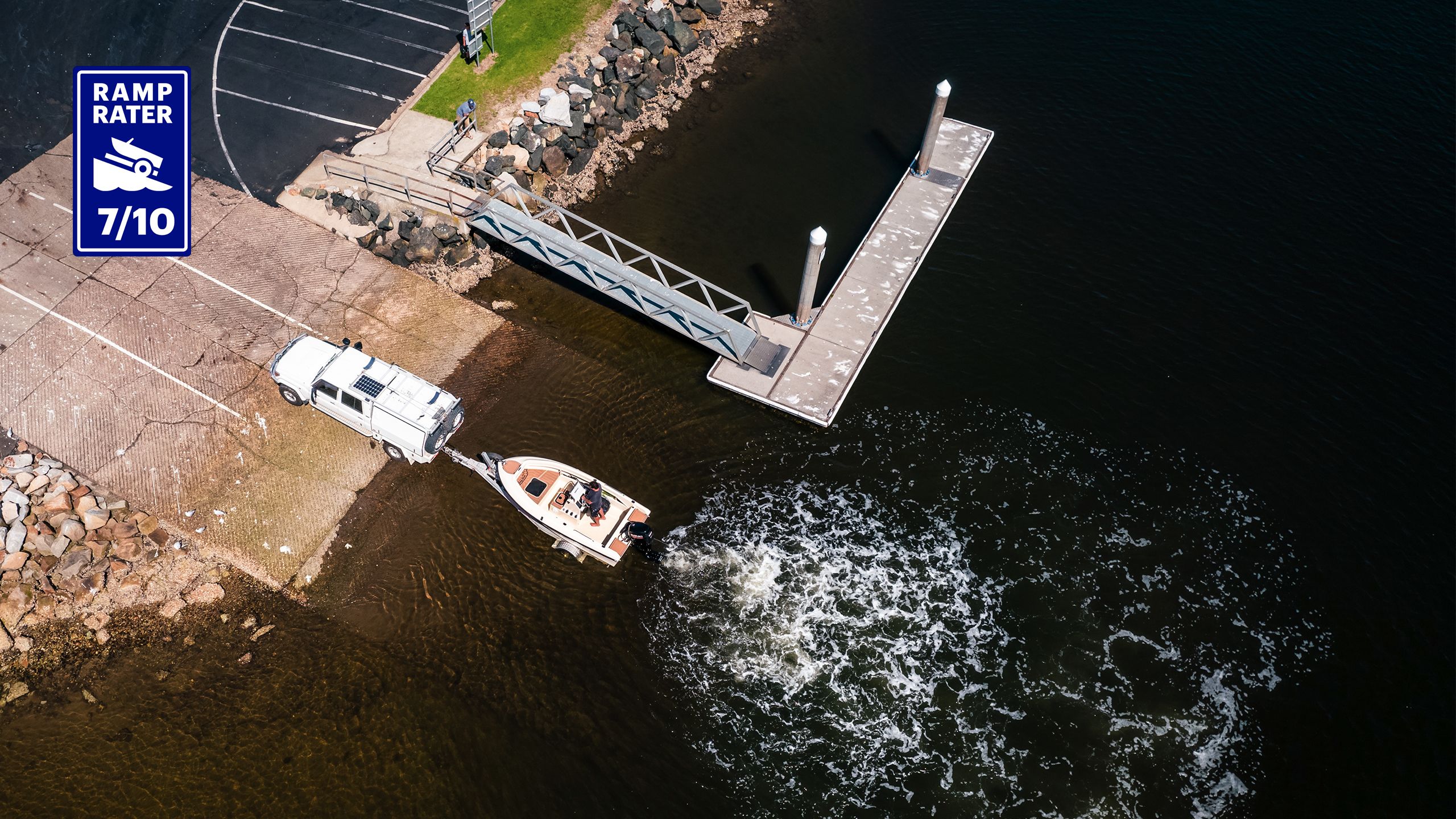
Apex Park Boat Ramp, North Narooma NSW
Apex Park sums up everything that’s great about the South Coast. A shared walkway-cycleway clad in timber adjoins the two-lane ramp and jetty, leading to a picture-perfect picnic area that looks over stunning Wagonga Inlet.
BEGINNER
8/10
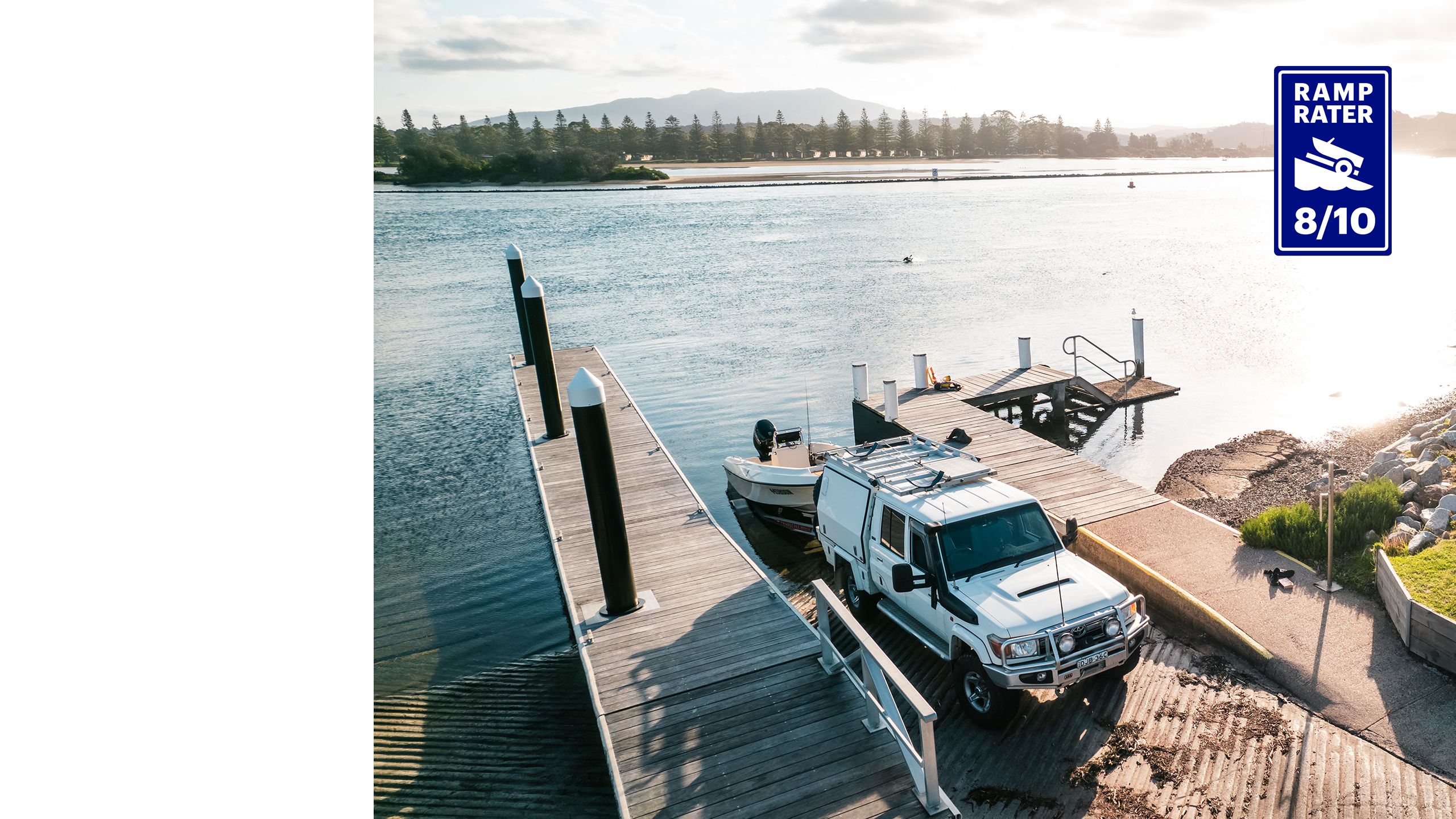
Broadwater Boat Ramp, Southport QLD
This four-lane, well maintained ramp features four floating pontoons to accommodate for the large number of boaties that launch here. A great option in almost any conditions, this ramp can get very busy in the morning and evening. Luckily, there’s also plenty of trailer parking.
BEGINNER
9/10
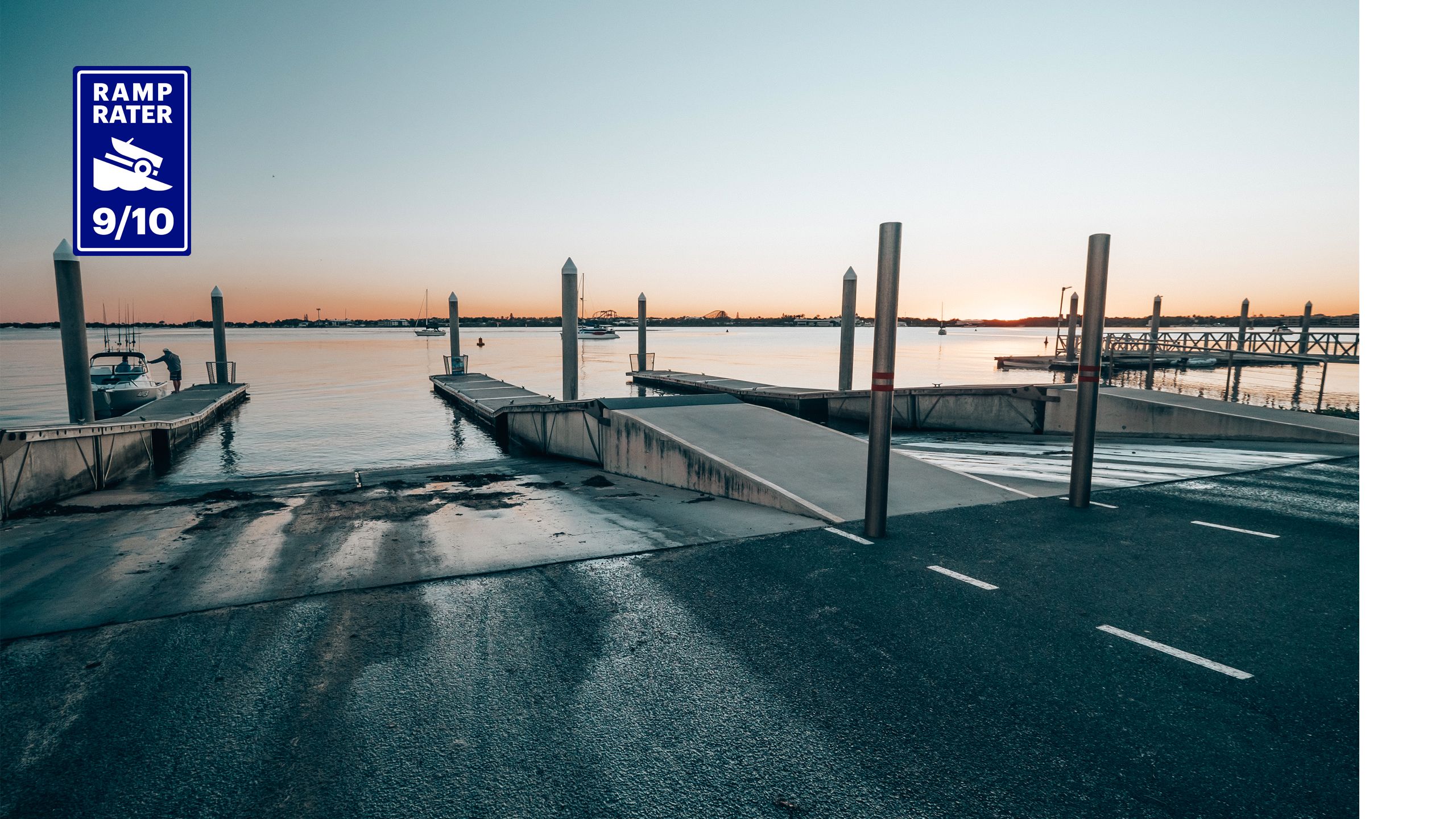
Kawana Boat Ramp, Buddina QLD
Aside from the strong current, which can make retrieving a challenge at times. This three-lane ramp is fairly decent in most conditions. It also features a cleaning table and is a stone’s throw from the mouth of the Mooloolah River.
AVERAGE
7/10
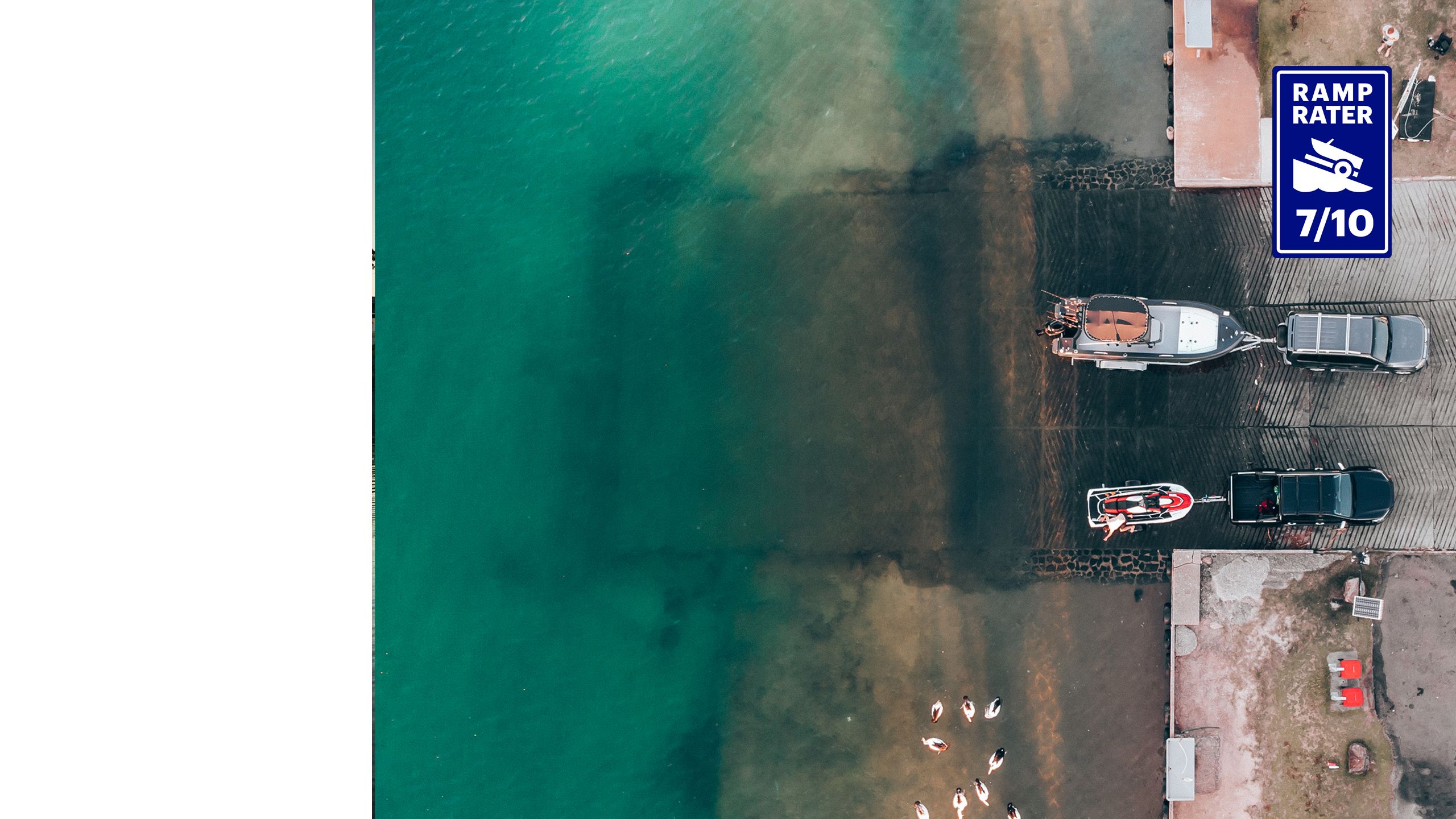
Awoonga Avenue Boat Ramp, Burleigh Heads QLD
This picturesque single-lane ramp is a little tricky for a boating newbie. First of all, you’ve got nowhere to tie up and pretty limited trailer parking. Secondly, when the tide is running hard, retrieving your boat can be challenging as the current will knock you off course.
AVERAGE
4/10

Launching and retrieving can be a tricky business. NRMA Boat Insurance can help remove the stress and protect your boat on and off the water this summer.
You've got this and we’ve got you.
When you use Google Maps/Google Earth's map data, traffic, directions, and other content, you may find that actual conditions differ from the map results and content, so exercise your independent judgment and use Google Maps/Google Earth at your own risk. You’re responsible at all times for your conduct and its consequences.
NRMA Boat Insurance is issued by Insurance Australia Limited ABN 11 000 016 722 AFSL 227681 trading as NRMA Insurance. This is general advice only and does not take into account your individual objectives, financial situation or needs (“your personal circumstances”). Before using this advice to decide whether to purchase a product, you should consider your personal circumstances and the relevant Product Disclosure Statement and Target Market Determinations available from nrma.com.au.

